
Americas is home to diverse wildlife, but many species face being extinct due to habitat loss, climate change, and human activity. Highlighting these endangered species reveals the urgent need for conservation efforts to protect the irreplaceable parts of the ecosystem. Here are ten species teetering on the brink of elimination in 2024.
Red Wolf
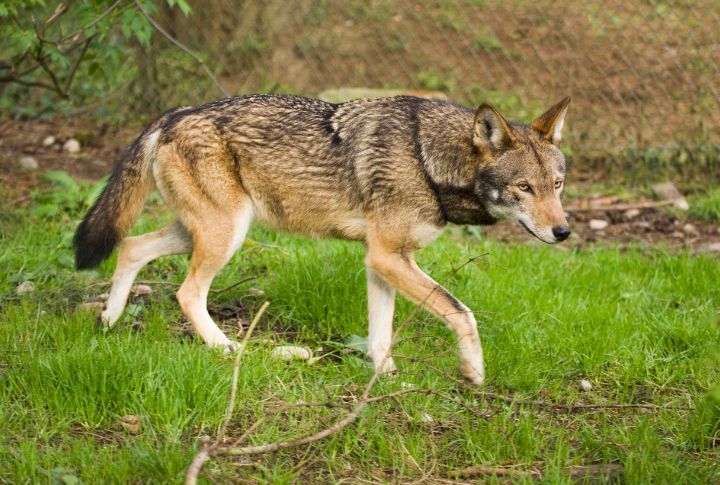
Once roaming the southeastern U.S., red wolves are now critically endangered, with fewer than 20 individuals in the wild. Habitat destruction and hybridization with coyotes pushed them to the edge. Conservationists are racing to reintroduce captive-bred wolves in the hopes of rebuilding their numbers in the wild before it’s too late.
Florida Panther
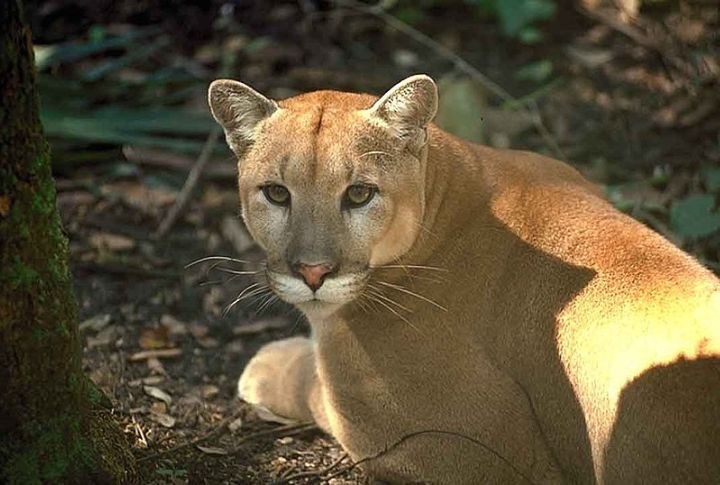
The elusive Florida panther struggles to survive as urban development rapidly carves through its habitat. With an estimated population of just 120 to 230 adults, these big cats face serious threats from vehicle collisions, genetic health decline, and habitat fragmentation. Wildlife corridors offer some hope for their survival, but their future remains uncertain and hangs by a thread.
Hawaiian Monk Seal
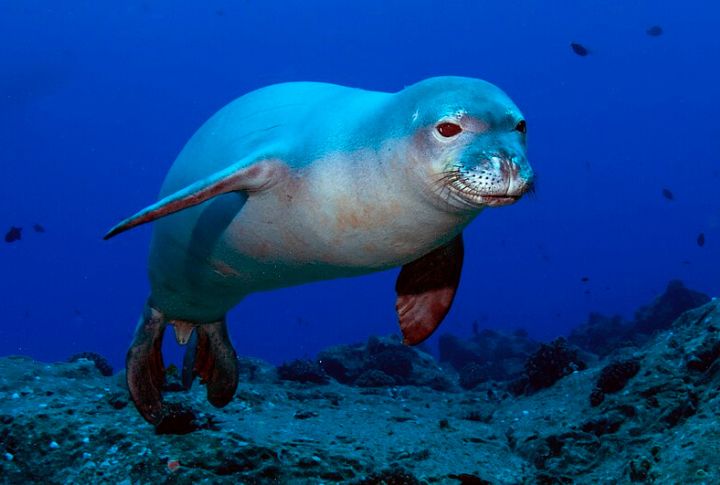
Endemic to Hawaii, this ancient marine mammal faces mounting challenges from entanglement in fishing gear, habitat loss, and human disturbances. Less than 1,500 Hawaiian monk seals remain, despite conservation efforts. Notably, protecting their breeding beaches and addressing ocean pollution is vital for their survival.
Rusty Patched Bumblebee
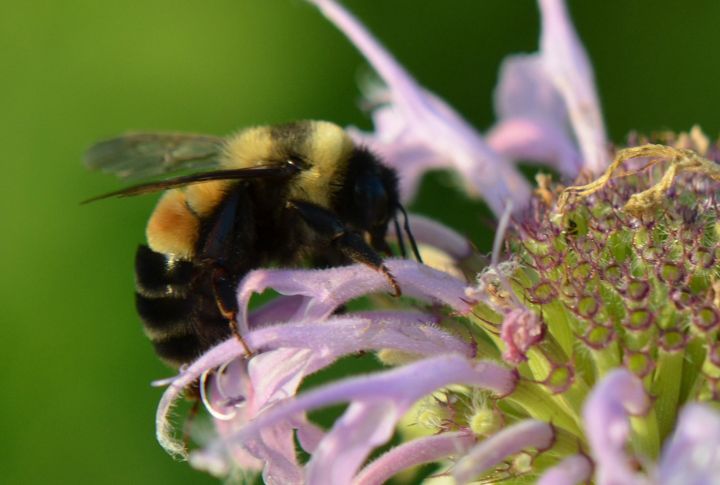
A vital pollinator, the rusty patched bumblebee has seen its population plummet by nearly 90% in the last two decades. Pesticides, the destruction of natural habitats, climate change, and diseases are all major threats to this essential insect. Restoring native plants and reducing pesticide use could be key to reversing its rapid decline and ensuring its survival for future generations.
Axolotl
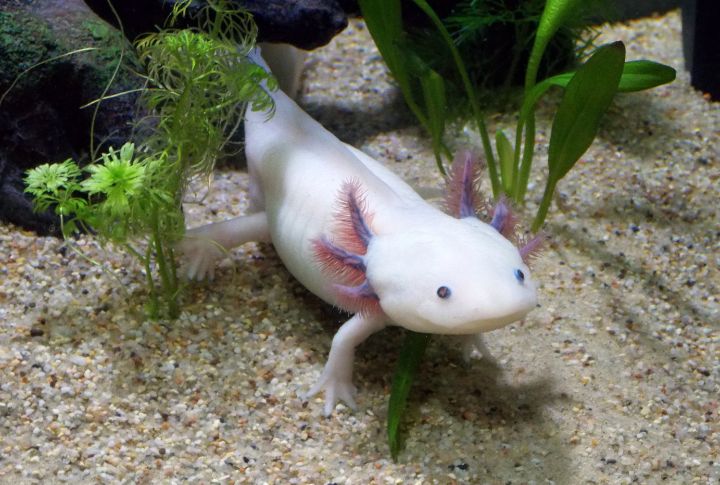
Native to a few lakes in Mexico but considered an American symbol in laboratories, the axolotl’s natural habitat is vanishing due to urbanization and pollution. No more than 1,000 exist in the wild. Known for their remarkable regeneration abilities, this amphibian could soon vanish from its native waters.
California Condor
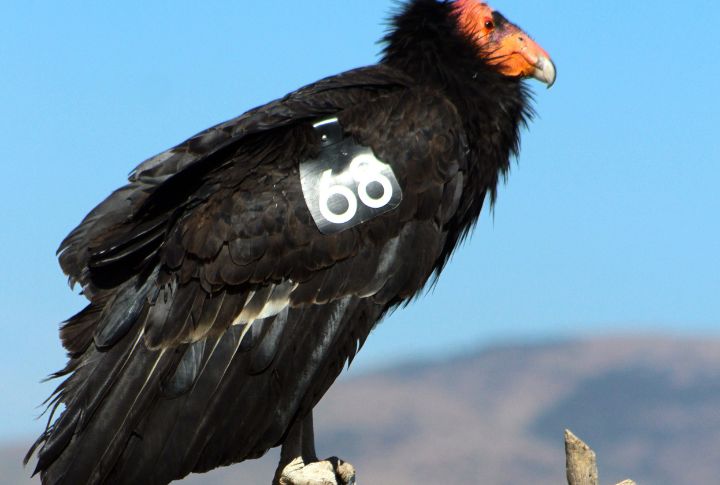
The largest North American bird, the California condor, was once extinct in the wild. Intensive breeding programs helped reintroduce it, but still, about 516 now fly free. Lead poisoning from scavenged carcasses remains a significant issue despite efforts to distribute non-lead munition among hunters.
San Joaquin Kit Fox
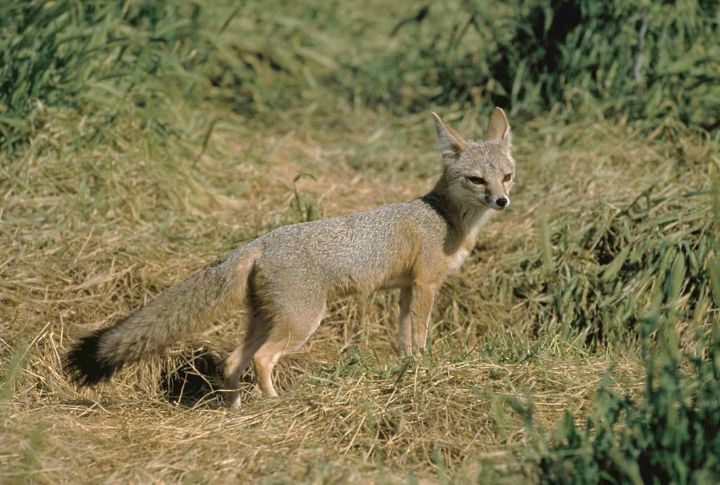
This tiny fox, native to California’s San Joaquin Valley, is losing ground to agricultural expansion and industrial development. The species faces habitat fragmentation and rodenticide poisoning, which has dwindled their numbers to lower than 5,000. However, conservation areas and farming-friendly solutions aim to secure a future for this playful predator.
Gopher Tortoise
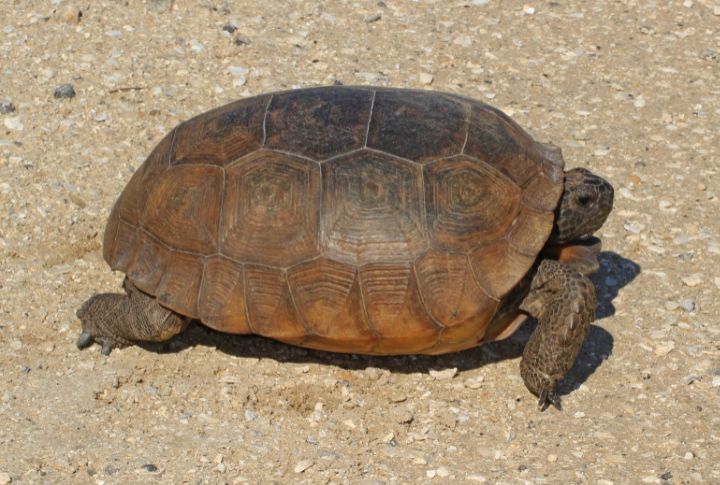
Gopher tortoises dig intricate burrows that provide shelter for over 350 other species, which makes them a keystone species. Unfortunately, habitat destruction and road mortality have caused their population to plummet. Protecting their ecosystems and discouraging development in key areas could ensure their survival.
Vaquita
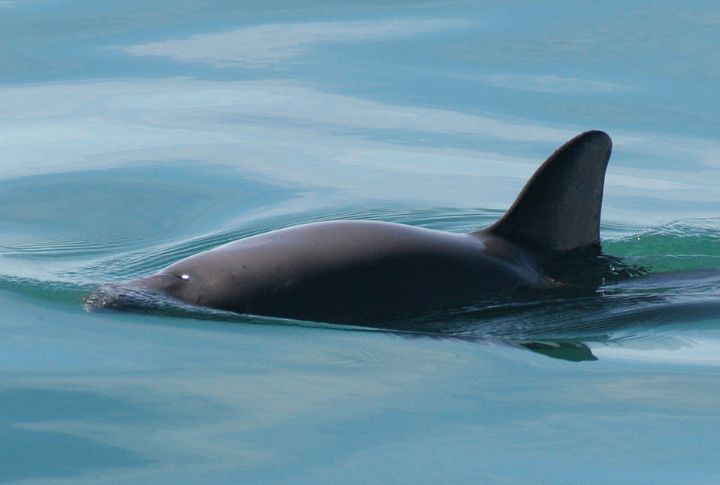
The vaquita, a small porpoise found in California’s northern Gulf, is the world’s most endangered marine mammal. With fewer than ten individuals remaining, its survival is critically threatened by unlawful fishing nets. While efforts to ban these nets exist, enforcement remains inconsistent, which puts this rare species at dire risk of becoming extinct.
American Eel
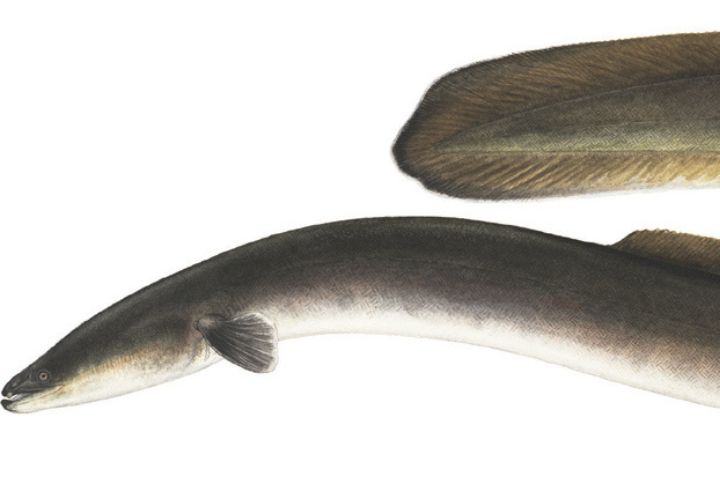
A unique migratory species, the American eel, is in danger due to overfishing, dams blocking migration routes, and climate change. Their population has dropped by more than 90% in recent decades. Restoring waterways and reducing fishing pressure are essential steps to prevent the disappearance of this mysterious fish.
